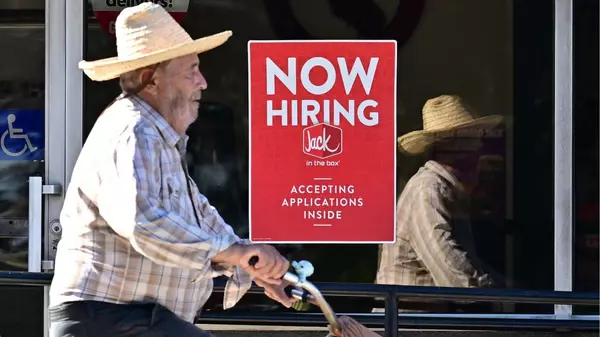A growing foreclosure crisis? Not according to the latest Fed data
Once again, the latest quarterly New York Fed Household Debt and Credit report reinforces a story I have been talking about for a long time: homeowners in America are in solid financial shape, while those who cling to the narrative of the 2008 housing crisis still require a dose of gloom therapy.
Two laws that deserve credit for the robust numbers are the 2005 bankruptcy reform act and the 2010 Qualified Mortgage rule. These laws have ushered in a new reality for U.S. economics, facilitating the emergence of the best financial middle class the world has ever seen. Let’s take a look at the data.
Foreclosures
One of the mistakes I made regarding the credit side is that I genuinely believed we would have already returned to pre-COVID-19 levels of foreclosures by now. Fortunately, that has not been the case. Some might argue that the delays in the foreclosure process have contributed to this outcome. Still, I would focus more on the credit quality of homeowners, the absence of a recession and the substantial amount of equity people have in their homes.
We have experienced many recessions since World War II, but we have only had one foreclosure crisis. Therefore, be cautious about who you listen to on the internet regarding this topic, as people have been discussing foreclosures for many years, particularly since the 2008 housing crisis.
As you can see in the chart below, the housing credit market started to break in 2005 and got worse in 2006, 2007 and 2008 — then the job-loss recession started. We have a much different housing credit market right now.
<\/script>A significant difference from the marketplace of 2007-2011 is that current homeowners already have a substantial amount of home equity. The down payment percentage data are at 21st-century highs today, where, during the housing bubble crash years, over 23% of the homes in America were underwater. Now it’s not an issue at all.
<\/script>Additionally, the loan-to-value ratio was around 85% during the years of the housing bubble crash; currently, it stands at 44.2%. Yes, you heard me right: 44.2%. The LTV data was in the mid-50s before it rose toward the levels we saw during the housing crash years. We had many distressed home sellers back then, which is no longer the case. In fact, we haven’t experienced such positive credit housing data with the bulk of homeowners since the 1950s.
<\/script>FICO score
As part of the data released by the New York Fed, we can see the updated FICO score data for U.S. homeowners. I have to say, nothing looks better than the chart below. The majority of homeowners in this data pool have FICO scores of 720 or above, and this has been consistent for the past 15 years!
<\/script>The positive aspect of the U.S. housing market is the funneling of homeowners into one of the greatest financial instruments in history: the 30-year fixed mortgage. Many people still do not fully understand what an incredible financial product this is, as it locks in your debt cost for 30 years while your wages tend to grow. Other countries lack a comparable 30-year mortgage product, which makes their homeowners appear less favorable on paper compared to ours.
Even though we may see more people with mortgage rates above 6% next year compared to those with rates below 3%, the real beauty of the 30-year fixed loan lies in its fixed debt cost amid rising wages.
<\/script>Conclusion
Overall, the housing credit market is not showing significant stress, despite the ongoing hype surrounding FHA loans. The bulk of the loans are currently trending below the stress levels seen earlier in the century, much less during the great financial crisis.
When we exclude the 40% of homes in the U.S. that do not even have a mortgage, we find that most homeowners with a mortgage hold a 30-year fixed-rate loan. These homeowners typically have substantial equity and reliable long-term payments, which isn’t a point often emphasized by those who predict doom for the housing market each year.
Categories
Recent Posts









GET MORE INFORMATION

Stevan Stanisic
Real Estate Advisor | License ID: SL3518131
Real Estate Advisor License ID: SL3518131
